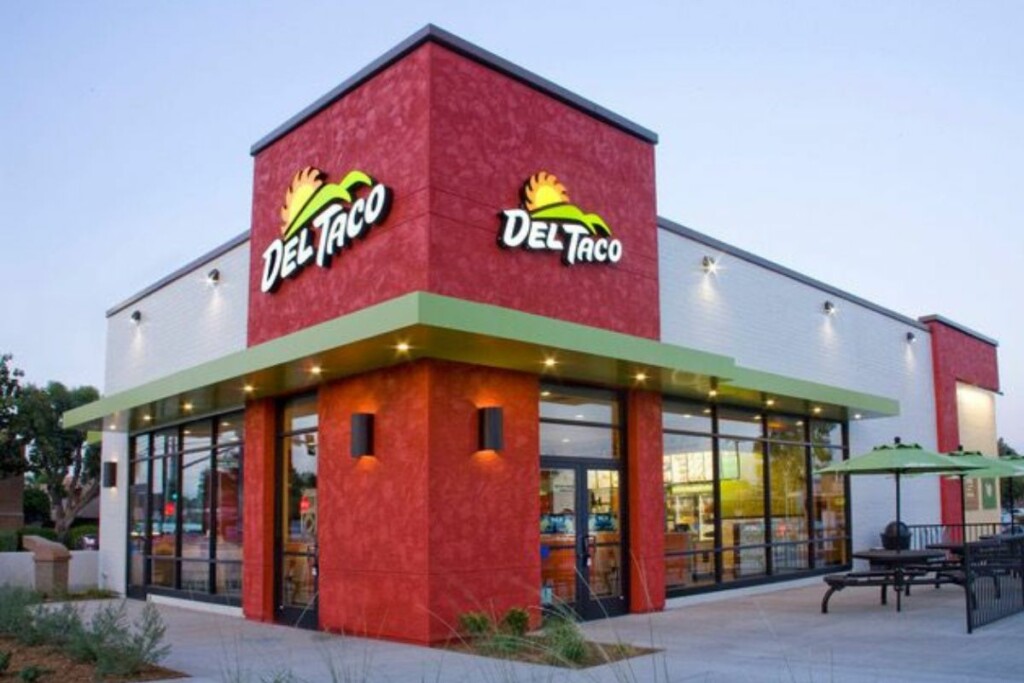Jack in the Box Completes $119M Sale of Del Taco

Jack in the Box has completed its anticipated sale of Del Taco Holdings to Yadav Enterprises, as was previously announced in October.
The sale is part of Jack in the Box’s plan to strengthen its balance sheet.
“Our sale of Del Taco represents meaningful progress in simplifying our business model and reducing our debt,” says Lance Tucker, chief executive officer of Jack in the Box. “We remain committed to elevating the Jack in the Box brand and improving operational performance to drive sustainable, long-term growth and create value for our shareholders. We appreciate the Yadav team’s partnership during this transition and wish the Del Taco brand well in their next chapter.”
RELATED CONTENT
- Advertisement -
- Advertisement -
- Advertisement -
TRENDING NOW
- Advertisement -
- Advertisement -
- Advertisement -


